
When you want your car to run at its full capacity or are dealing with a broken car, you need to understand the basics of the most used wire in the automotive industry, which is automotive wire.
We have a comprehensive guide related to automotive wire to make your car maintenance job easy and less stressful. So, let’s begin:
As the name suggests, automotive wire is the wiring system used in various automobiles, irrespective of the car type. It brings reliability and quality to the table. Its application is quite universal; however, choosing the wrong wire for your car engine can cause disaster due to its location near the highly flammable liquids.
The automotive wire industry is regulated by the Society of Automotive Engineers (SAE), the American Society for Testing and Materials (ASTM), Underwriters Laboratories (UL), and the Recreational Vehicle Industry Association (RVIA). However, checking the manufacturers' specifications is also essential.
The primary benefits of automotive electrical wire include:
✔They are made light and flexible to serve you better.
✔ Flame retardants will survive the heated temperature and won’t catch fire easily.
✔ Choice of PVC and PVF is available.
✔ Can function efficiently in very hot engine compartments.
When you go into the depth of automotive wire, you will come across numerous types of automotive primary wires with their unique applications and characteristics. To select the right one, understanding their type is essential.
The two types of automotive electrical wire differ based on their temperature and heat endurance. These are:
1. Cross link Automotive Wire: Better temperature endurance.
2. PVC Automotive Wire: Comes in different configurations and constructions.
▪ 1. Cross Link Automotive Wire
Cross link wire has robust heat-resistance, abrasion capability along with incredible durability and can serve you for a long time. This type of wiring works the best in racing cars or heavy vehicles used in industries due to their ability to endure high stress easily.
Its insulation is formulated by forcing the material through a narrow tube applying intense heat and pressure. Cross link automotive wire has high compatibility with most automotive connectors. Its major types are:
▪ 2. Type GXL Wire
This wire has a thin wall covering, which is usually fine for trucks and trailers. The temperature range lies from -40 °C to 125°C, which means that it offers exceptional heat resistance despite its thin walk. The smaller diameter and lightweight structure make it preferable over Type SXL.
▪3. Type SXL Wire
This wire features standard thickness or walls. Widely used for circuit wiring, the wire has praiseworthy heat and pressure resistance. Its temperature range is from -40°C to 125°C.
▪4. Type TXL Wire
The TXL wire features a thinner wall compared to its counterparts on the list but offers excellent heat resistance. It has the same temperature range, but flexibility is incredibly better, making it well suited for circuit wiring. Its thin structure makes it convenient to use it in narrow spaces.
▪5. PVC Automotive Wire
Polyvinyl Chloride (PVC) is the most popular used wiring in the industry and is primarily used in marine vehicles and automobiles. This synthetic thermoplastic material is made of chloride PVC and polymerizing. This type of wire is suitable for severe environments and is also resistant to oil, grease, and even harmful acids.
It is considered an ideal material for marine vehicles construction, trucks, trailers, etc.
▪ 6. Type GPT Wire
The standard walled wire is used for trailer wire and circuit wiring. Whether it’s oil, flame, or abrasion resistance, it has excellent endurance with temperatures ranging from -40°C to 85°C.
▪ 7. Type TWP Wire
This is a thin-walled, lead-free wire and has the ability to bear 105°C temperature with ease.
▪8. Type HDT Wire
When intense physical protection is demanded, HDT wire is used. It’s heavy wall automotive wire that can take up to 85°C temperature easily. It is specifically designed for surface vehicle electrical systems.
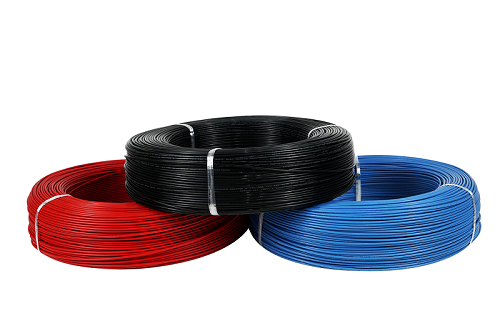
The ideal automotive wire depends on the purpose you want it to serve. The GPT is used chiefly in automotive projects and electrical circuits because they have single conductors and PVC covering. On the other hand, the cross link wire is best for engine compartments or automotive wiring connectors.
To select the right one, consider the diameter of the wire gauge as it determines the amount of current that can be safely passed through the wire. It usually ranges from 8 to 18. Refer to the automotive wire gauge chart as the greater the number, the lighter will be wire or vice versa.
Also, it is important that the automotive electronic wire has the automotive industry quality system certification. It will signify that the automotive wire is of high-quality, safe to use and up to the international standards.
When you decide to improve the functionality of your vehicle, shop the automotive wire from a reliable manufacturer only, such as Taifulong. Taifulong has been known as a leader in the manufacturing and marketing of high-quality wires and cables for more than 30 years.
Our wires are widely used in the military industry, aviation, automobile, railways, and many other transporting vehicles.
Most importantly, Taifulong automotive electronic wire has the automotive industry quality system certification: IAT16949:2016, American executive standard SAEJ1128, Japanese executive standard JASOD611, German executive standard DIN76722, DIN72551 and Chinese executive standard JB/T8139-1999. Offering a multitude of automotive electronic wires, Taifulong is the brand to be trusted.
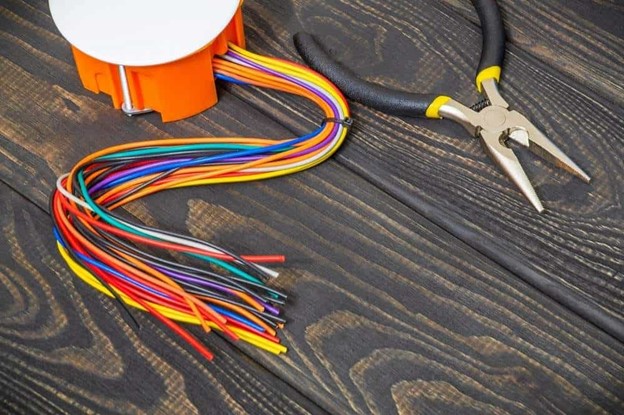
03.17.2022
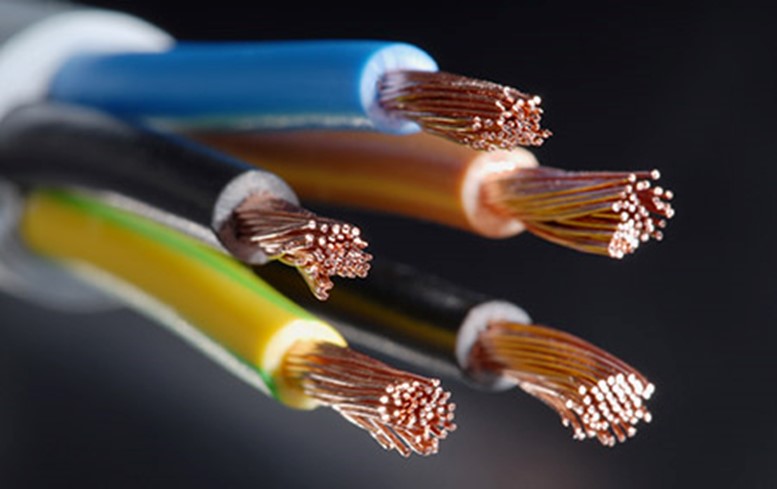
12.22.2021
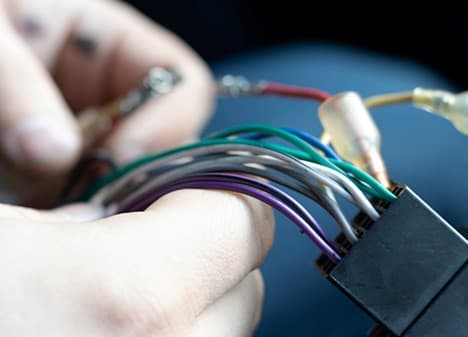
11.25.2021
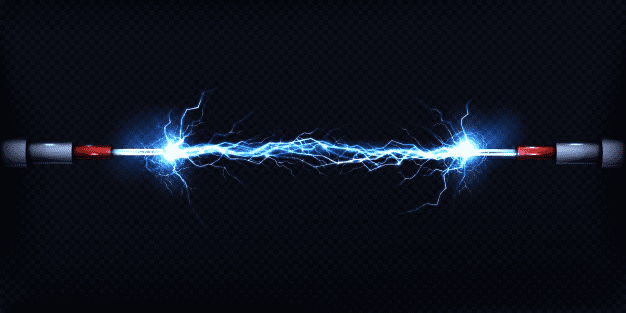
11.01.2021
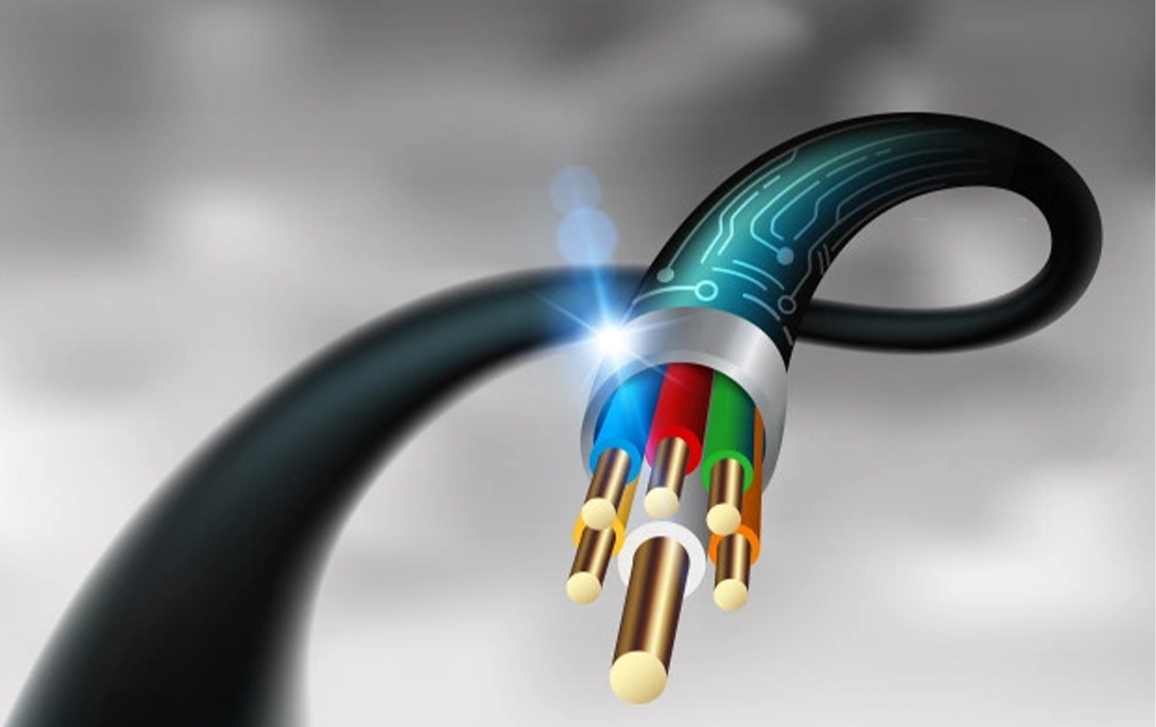
10.16.2021